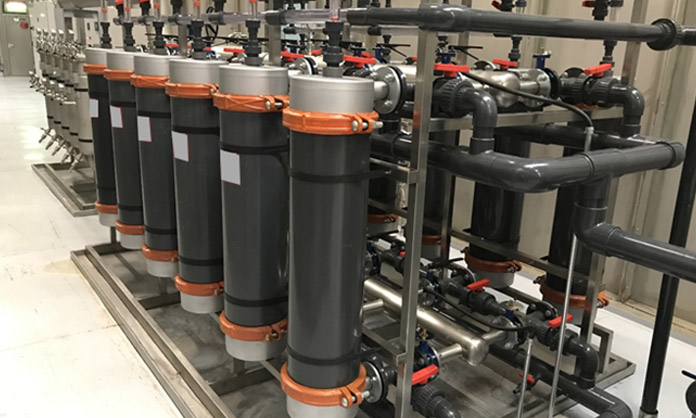






End user: FOTON
Module quantity: 12pcs
Inlet pressure: 0.3Mpa
Outlet pressure: 0.15-0.17Mpa
Capacity: 12T/Hr
Start-up: 2021/2
The application of e-coat in the automotive industry represents a significant advancement in vehicle manufacturing and protection. E-coating, or electrophoretic painting, involves the use of an electric current to deposit a protective layer of paint onto metal surfaces. This process not only enhances the aesthetic appeal of vehicles but also provides a robust barrier against corrosion and environmental damage. The uniformity and adherence of the e-coat membrane ensure that even the most intricate parts of the vehicle are adequately covered, thereby extending the lifespan of automotive components and improving overall durability.
Furthermore, the implementation of e-coat contributes to the sustainability efforts within the automotive sector. The process is highly efficient, utilizing water-based paints that minimize volatile organic compound (VOC) emissions, thus aligning with environmental regulations and standards. Additionally, the ability to recycle and reuse the e-coat solution reduces waste and promotes a more sustainable manufacturing cycle. As automotive manufacturers increasingly prioritize eco-friendly practices, the adoption of e-coat membranes is likely to become more prevalent, driving innovation and enhancing the performance of vehicles in the market.

